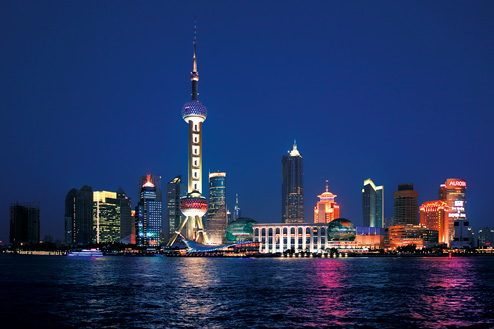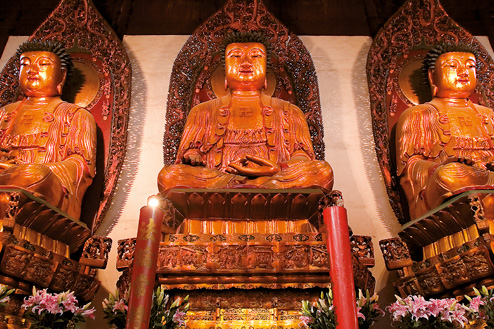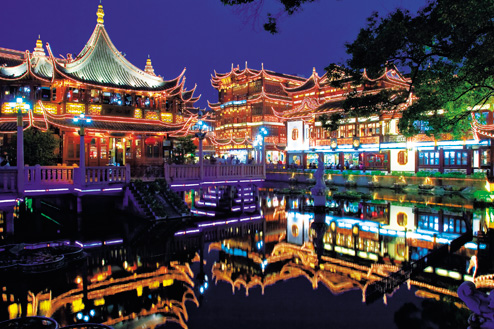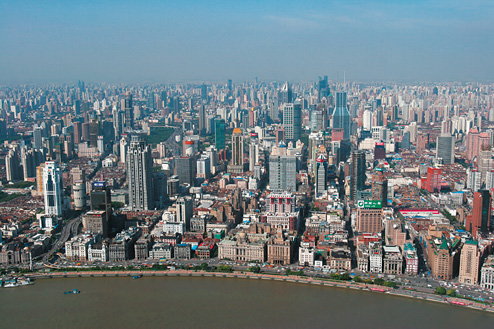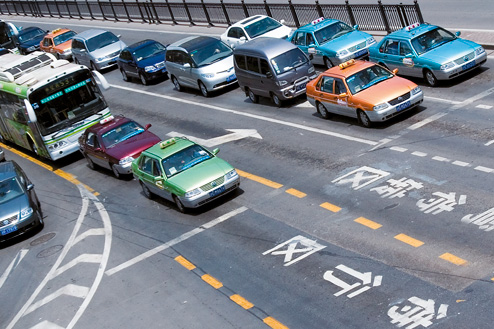Storm Clouds
Even while the parties were going on, tensions and unrest were building in Shanghai. The arrival of all the foreign groups had made the locals virtually exiles in their home city, and the low pay and gruelling working conditions only fanned the growing flames. The Communist Party of China was born out of a meeting in the French Concession in 1921, attended by Mao Zedong. In 1927, two years after taking the reins of the Kuomintang Nationalist Party, Chiang Kaishek marched an army of Kuomintang troops in to Shanghai, where they rounded up and executed thousands of Communists. Ten years of feuding ensued between the two factions, during which time the Communists embarked on their perilous Long March to Yan’an in Shaanxi, with Mao at the helm. The Japanese took advantage of the internecine strife and invaded Manchuria, setting up a puppet regime fronted by the last emperor, Puyi, in 1931. Six years later, Japan invaded the rest of China, including Shanghai. The inhabitants of Jiangsu’s capital, Nanjing, suffered brutally, and the atrocities are still the cause of deep resentment by many towards the Japanese. During the second world war, several thousand Jewish refugees took safe harbour in Shanghai to escape persecution elsewhere, although they still had to endure poor conditions. After the war’s end and defeat for Japan, full-scale civil war erupted between the Communists and Kuomintang. The nationalists suffered heavy defeats in 1948 and early 1949, including the loss of Beijing. By April 1949, the Communists had crossed the Yangtze and the Kuomintang fled to Taiwan. Shanghai was ‘liberated’ on May 25. Mao Zedong then proclaimed the People’s Republic of China in Tiananmen Square on October 1, 1949.

